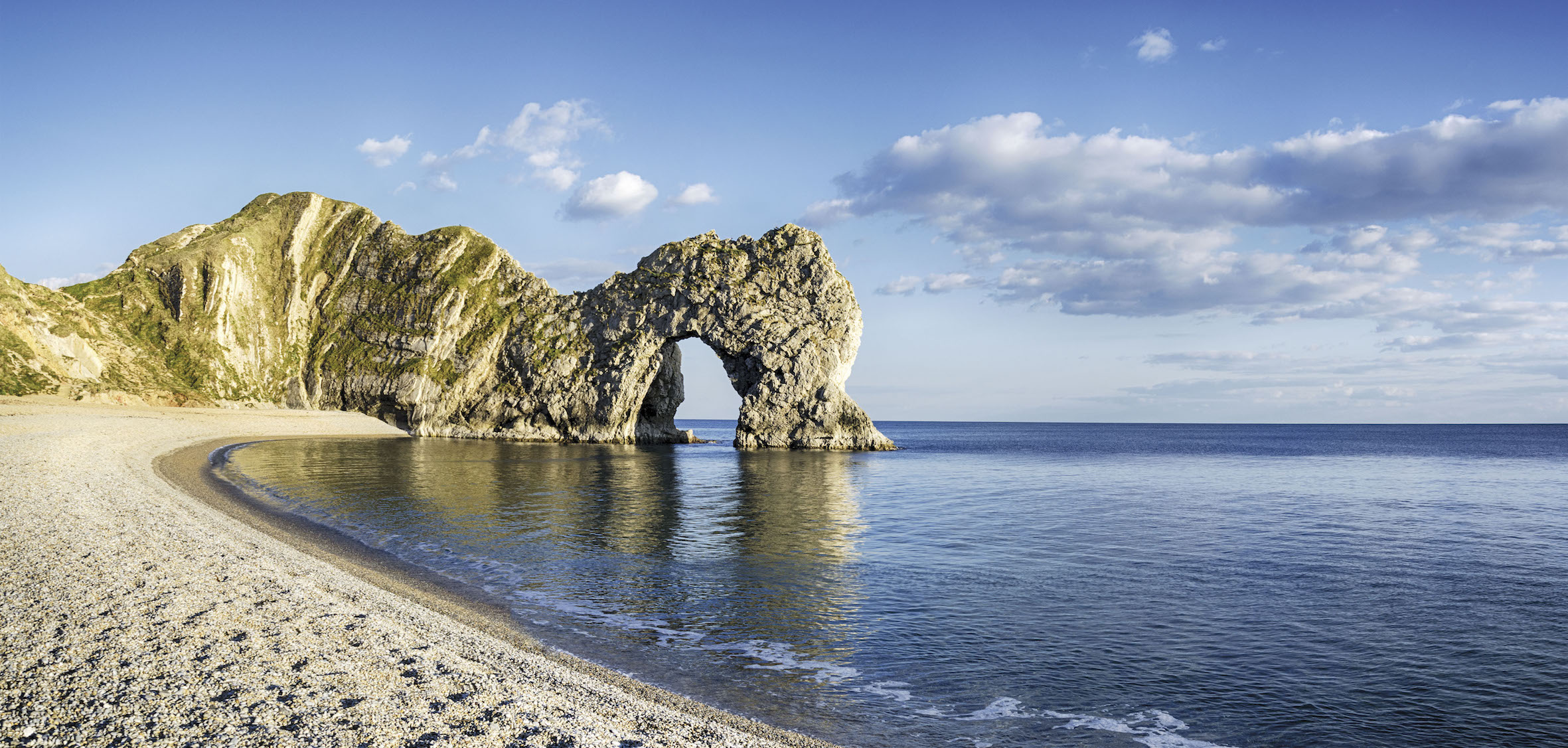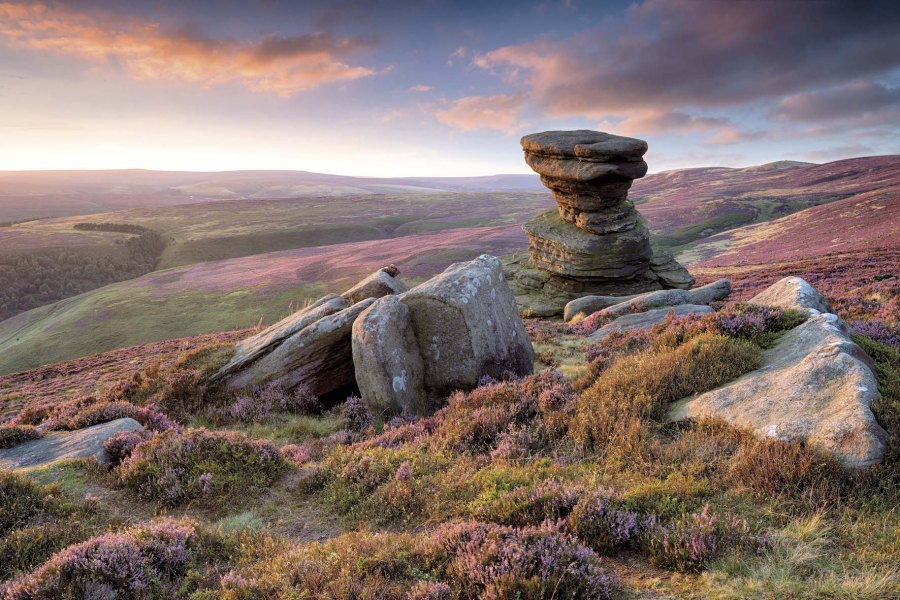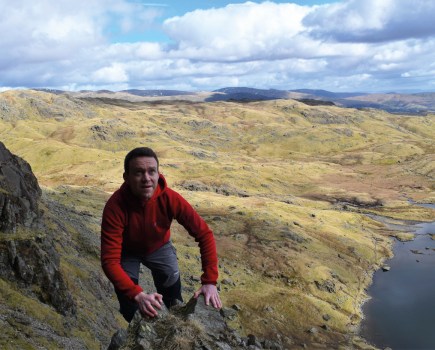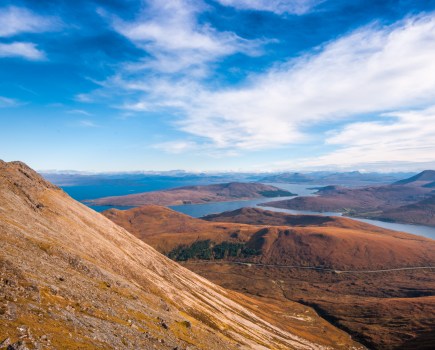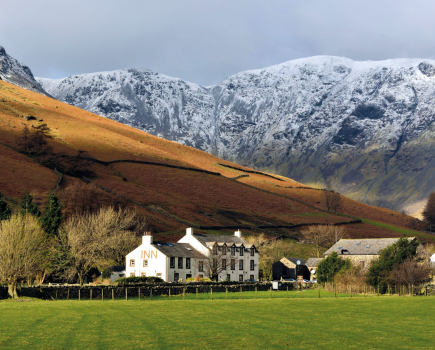Whether you climb rocks, scramble up and down them, hug them, pose for daring photos on them – you can’t deny that they’re a highlight of any walk. Here’s ten of our favourite formations.
1. Brimham Rocks, North Yorkshire
These balancing rocks are perhaps the most imaginatively named of the lot and can be found on Birham Moor. Featuring the iconic Idol Rock (pictured), this area is perfect for climbing, wandering and generally scrambling around. If you want to spot as many of these structures as you can, a circular walk starting at the Brimham Rocks carpark and heading up past Brimham House is your best bet – it’s also suitable for families. You’ll spot the Cannon Rocks, Dancing Bear, Druids Writing Desk, Mushroom Rock and The Gorilla. More at nationaltrust.org.uk.
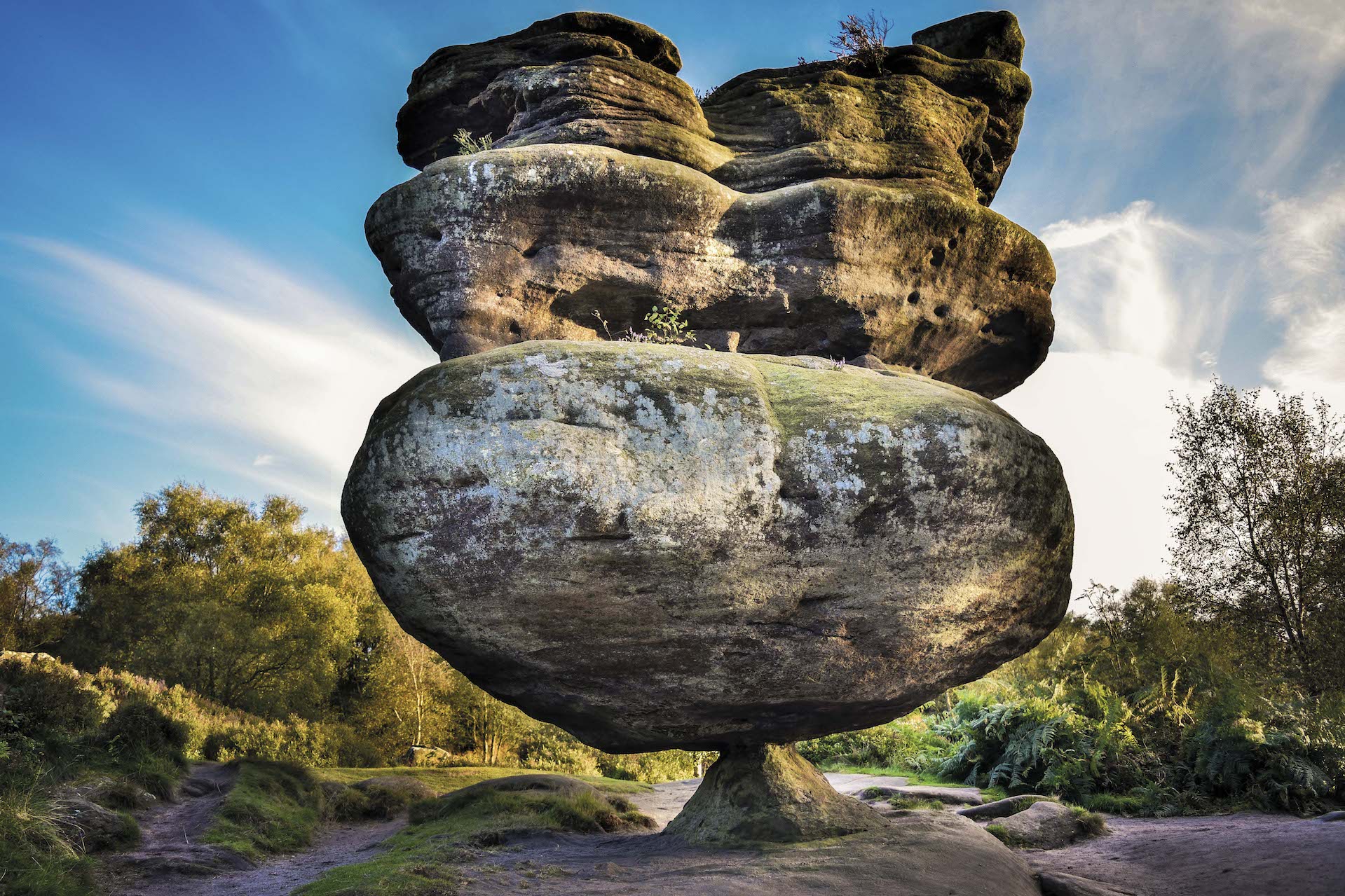
2. The Needle, Argyll and Bute
This tricky hanging rock formation is known as the ‘true summit’ of Ben Arthur (more commonly known as The Cobbler). The winding Corbett has three summits and this is the highest, with only the most daring scramblers attempting to reach the top. Climbers must squeeze through a small hole to reach it, hence those who achieve it boast they have ‘threaded the needle’. The Needle is easily reached by the path starting from the village of Succoth, and if you fancy some scrambling on the way down return to the col between the summits and take the northeast path.
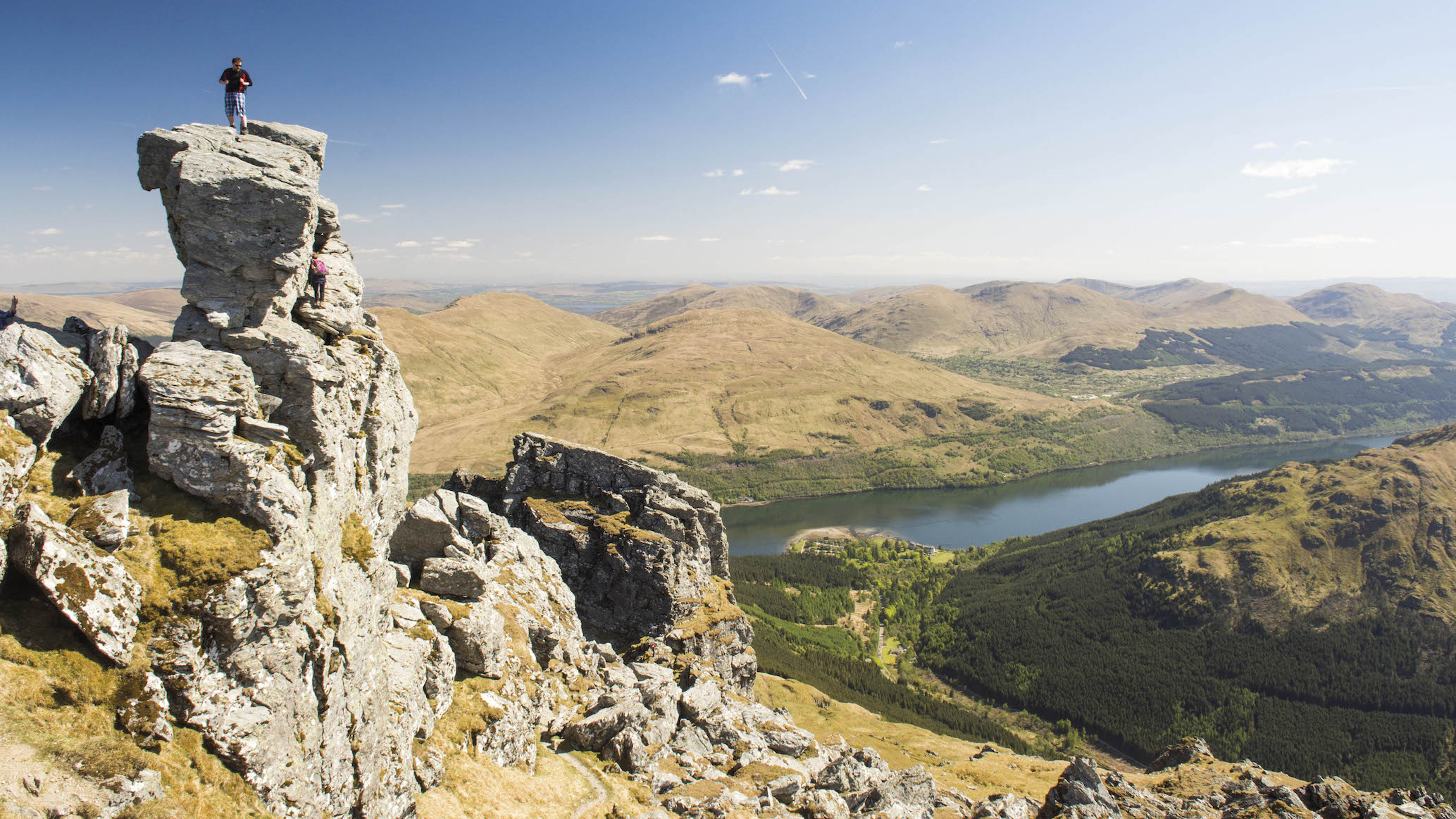
3. The Woolpacks, Derbyshire
This is a stunning, otherworldly place on the Kinder Scout plateau scattered with unique gritstone formations. The rocks get their name from the historic method of wool-packing, but the shapes you can spot here are constrained only by your imagination. For a classic circular walk, start in Edale and ascend the steep Grinds Brook to the plateau to reach The Woolpacks. Head down via the popular Jacobs Ladder path.
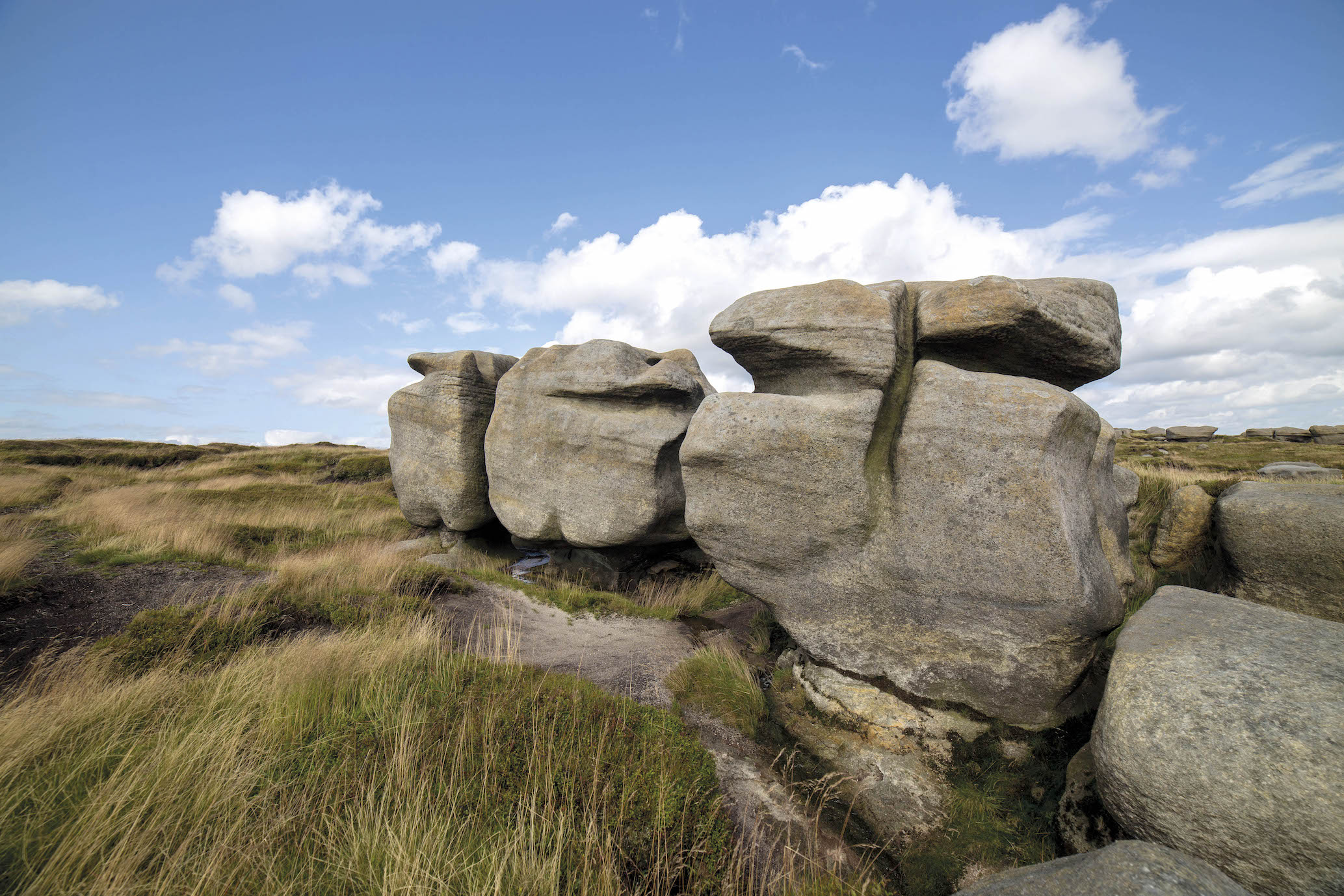
4. Burn O’Vat, Aberdeenshire
A little bit different from the rest on this list but no less impressive, the Vat is a deep water gouged sub-glacial bowl that you can scramble into. It’s believed to have formed when large quantity of rocks became lodged in the river bed, causing a whirlpool that carved out the granite bedrock. Start at the carpark between the Ballater to Aboyne Road and follow the path to the large rocks seemingly blocking your way. Squeeze and scramble your way through to behold this wonder. On your way back, you can head uphill to enjoy more of the Muir of Dinnet National Nature Reserve.
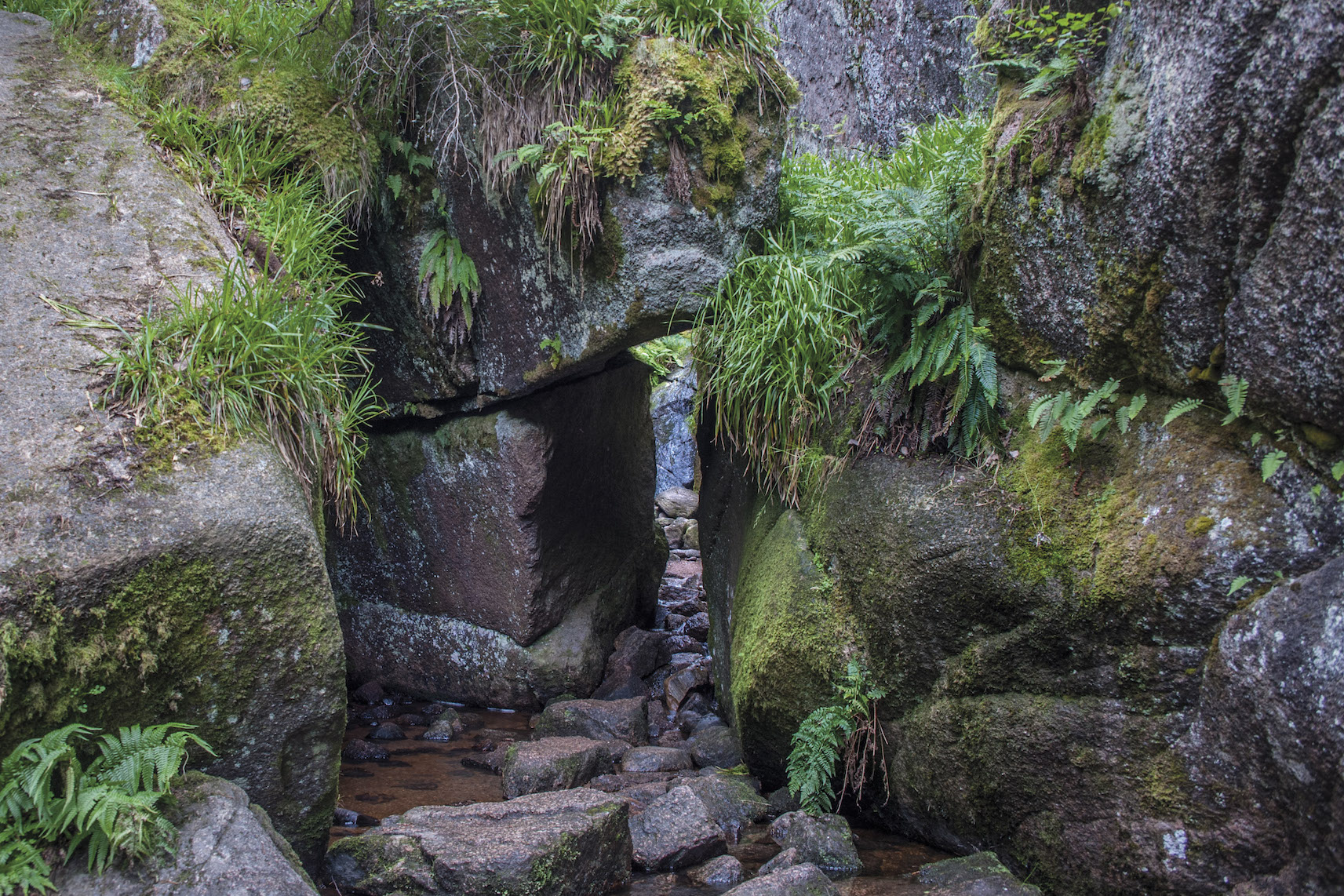
5. Derwent Edge, Derbyshire
Another Peak District favourite, these rocks have names to rival the colourful Brimham Rocks. You can reach this millstone grit escarpment via a variety of routes, one of the gentlest beginning at Ashopton Viaduct and heading back along the Ladybower Reservoir. You’ll spot the gigantic Salt Cellar (pictured), impressive Wheel Stones and the charming Cakes of Bread amongst others.
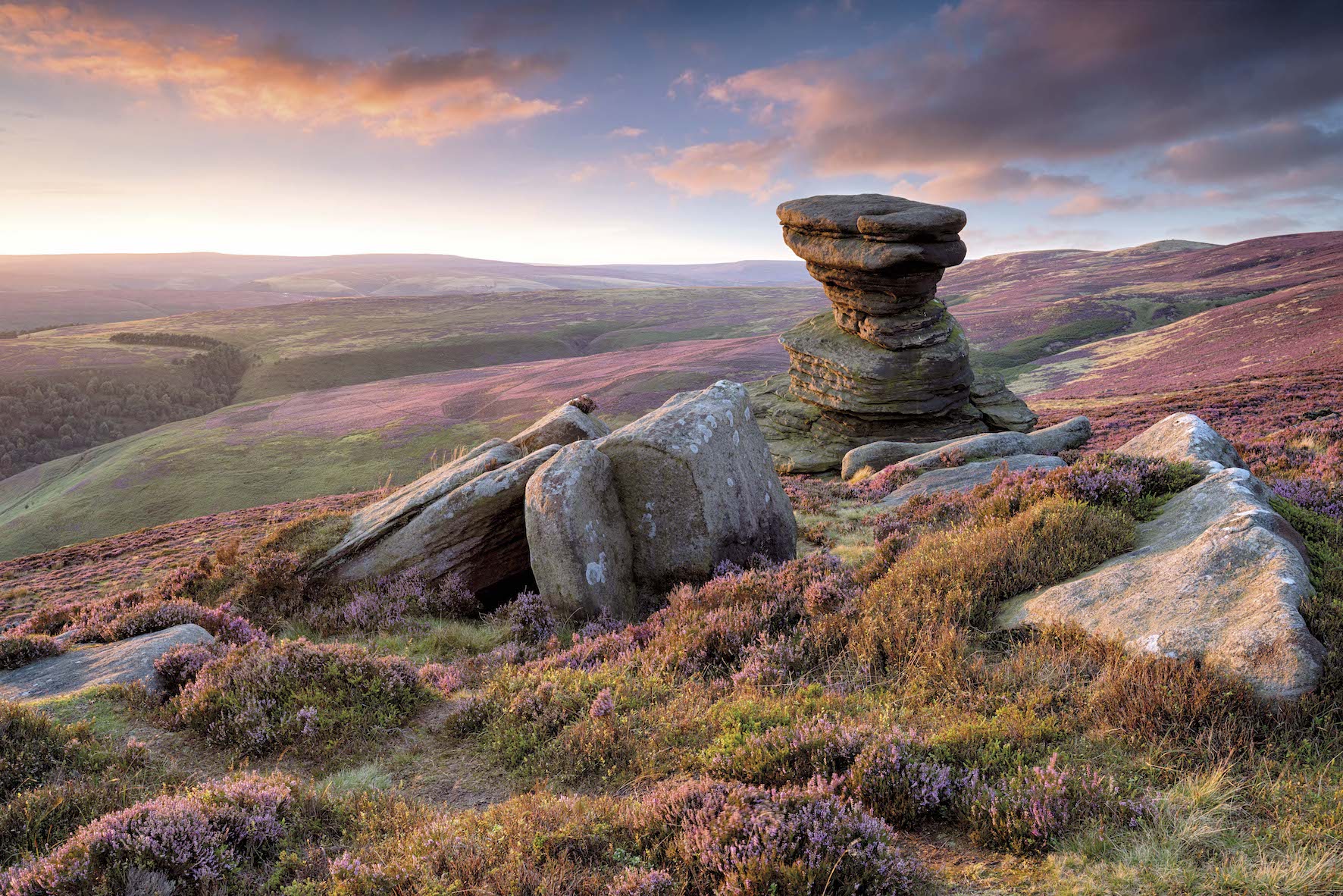
6. The Old Man of Storr, Isle of Skye
Perhaps Scotland’s most iconic standing rock formation, these picturesque towers attract thousands of visitors each year to Skye (and it’s on that note that we’d request you take the utmost care for the local environment if you do decide to visit). Suffering from congestion and crowding during the peak summer season, we recommend you take the 57A bus before heading along the waymarked path at the drop-off to reach these behemoths.
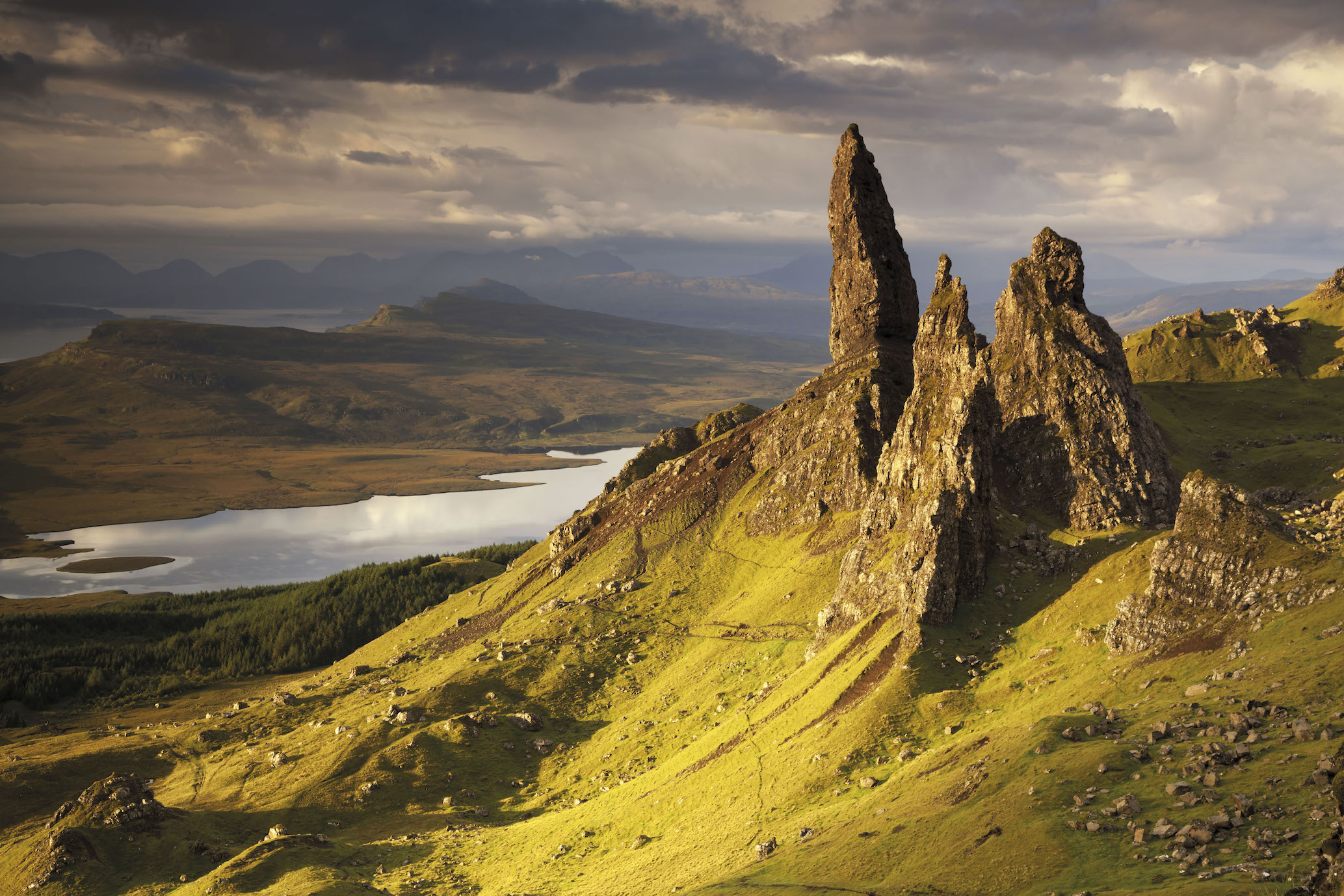
7. The Cheesewring, Cornwall
Local legend has it that this towering pile of rocks was the result of a contest between man and giant. Looking at the sheer scope of the structure, it’s not too far-fetched. The Cheesewring sits on Stowe’s Hill, and you can easily reach the nearby Hurlers stone circle to make the most of your time here.
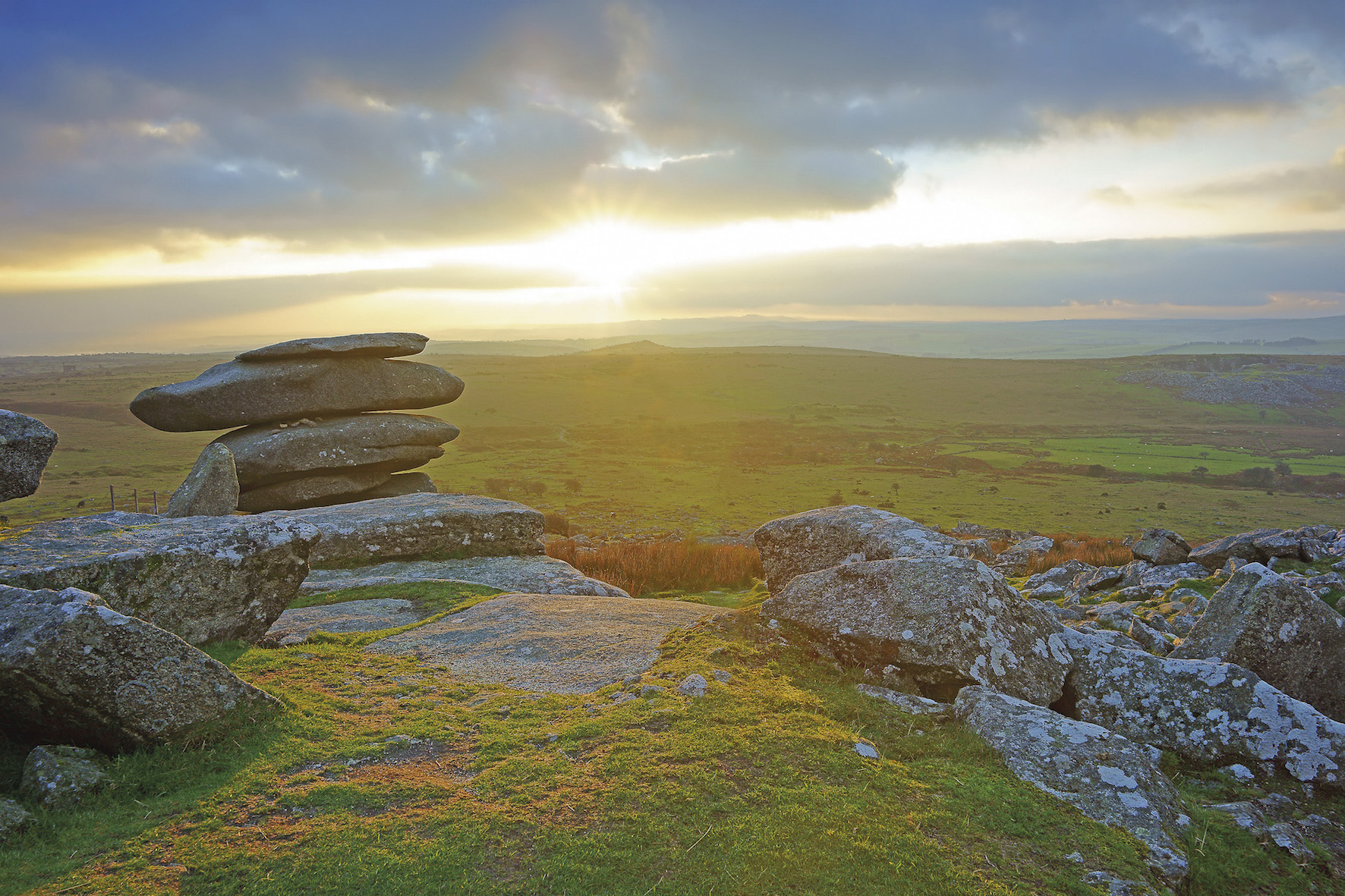
8. Old Man of Hoy, Orkney
This impressive 449ft sea stack looms starkly over the west coast of Hoy. It’s one of the tallest stacks in the UK and is said to resemble a human figure from afar. A popular waymarked route from Rackwick carpark will have you there in just over an hour, and will allow you to experience beautiful views of Rackwick bay.
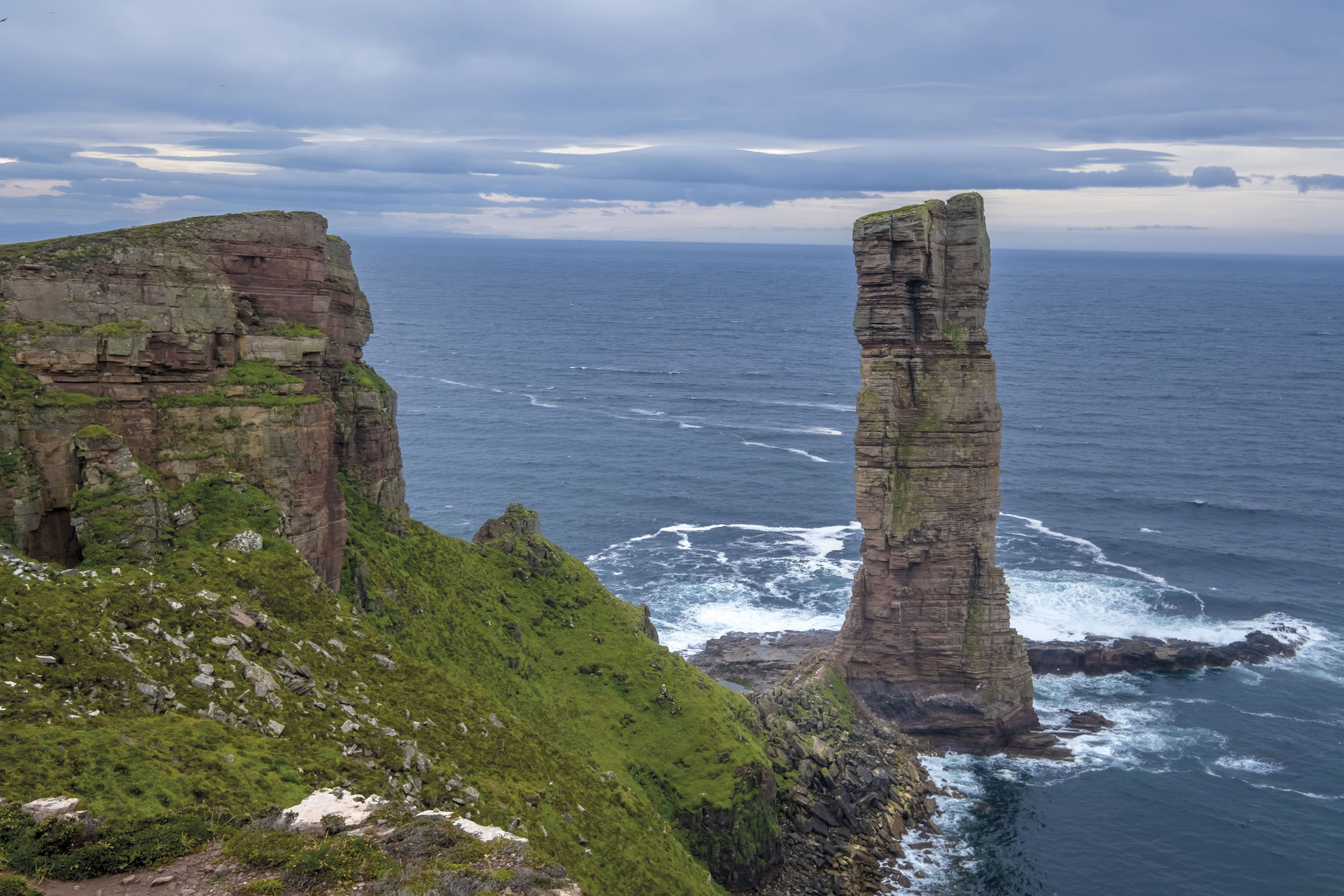
9. Cushendun Caves, County Antrim
If you’re not up for the hustle and bustle of Northern Ireland’s most famous rock formation along the Causeway Coast, the Cushendun Caves are well worth a visit. A little more popular now thanks to a feature on Game of Thrones, the 400-million-year-old caves feature some eerie walks and interesting formations throughout. The nearby village, Cushendun, is the simplest place to start your route, and you can enjoy a striking coastal walk when you’re done with the caves.
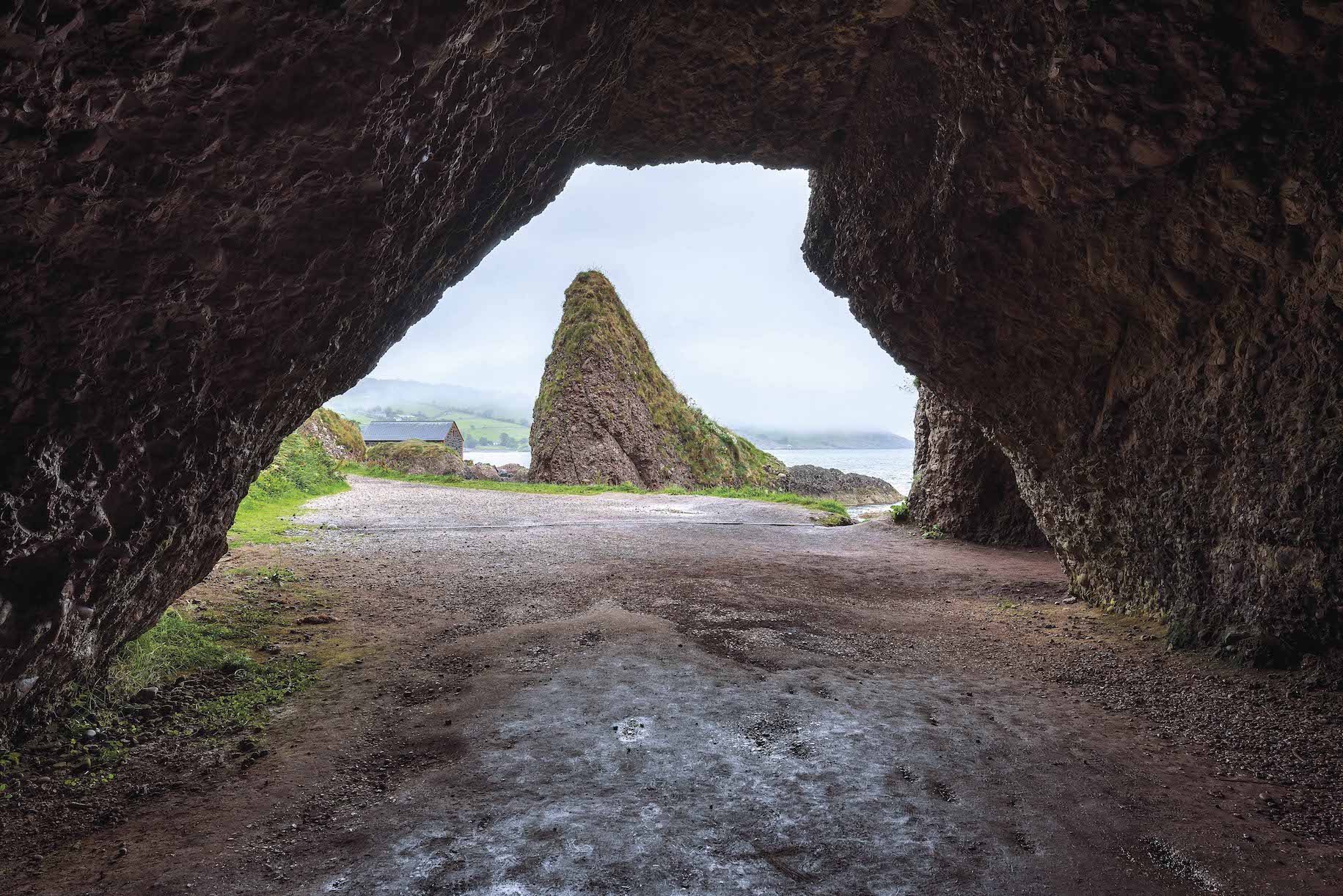
10. Durdle Door, Dorset
This is a truly spectacular sight and a highlight of the Jurassic Coast. Durdle Door is a natural limestone arc formed by powerful waves eroding a hole in the middle of the structure. Starting from Lulworth Cove, you can reach the structure by following the path situated behind the carpark for just over a mile. If you’re a keen swimmer, heading out to swim through the arc is said to be a wondrous experience.
